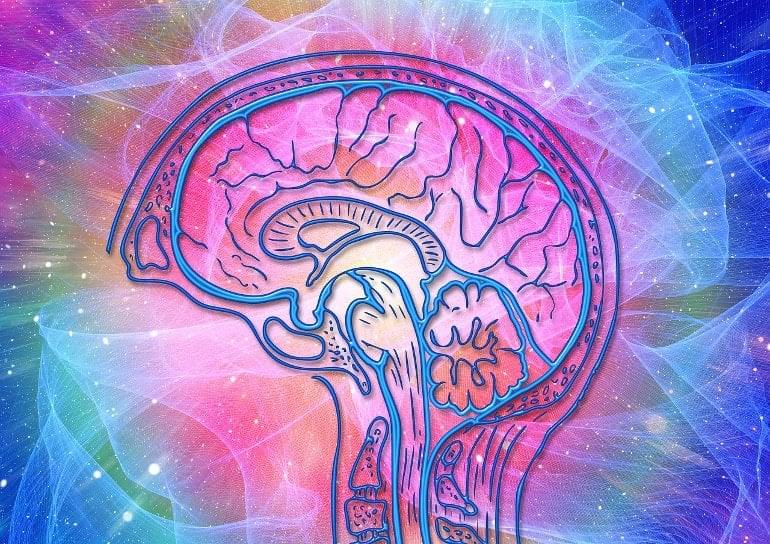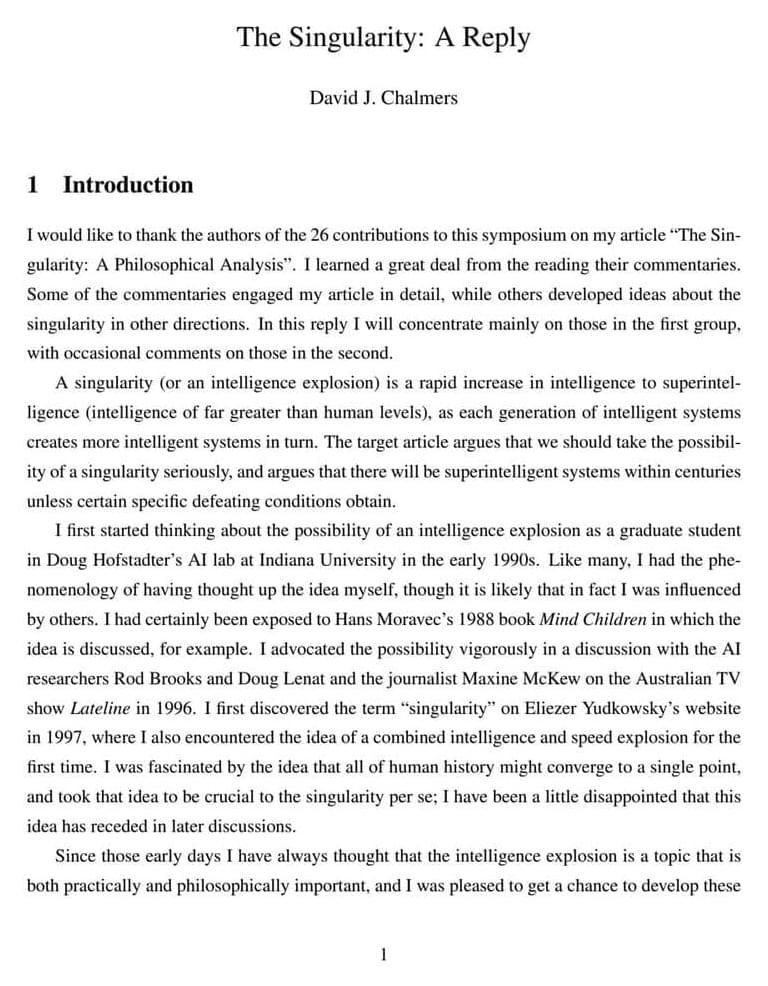Sean Carroll CalTech, John’s Hopkins, Santa Fe Institute One of the great intellectual achievements of the twentieth century was the theory of quantum mech…
Get the latest international news and world events from around the world.

How a Brain Molecule Could Halt Multiple Sclerosis
Summary: Injecting the brain molecule into mouse models of multiple sclerosis increased the number of oligodendrocytes. The findings suggest fractalkine may help to slow the progression, or potentially halt multiple sclerosis.
Source: University of Alberta.
A University of Alberta researcher is one step closer to demonstrating the potential of a brain molecule called fractalkine to halt and even reverse the effects of multiple sclerosis and other neurodegenerative diseases.
Rotating Detonation Rocket Engine: NASA’s Revolutionary Propulsion Design for Deep Space Missions
NASA takes its first steps toward establishing a long-term presence on the Moon’s surface, a team of propulsion development engineers at NASA have developed and tested NASA’s first full-scale rotating detonation rocket engine, or RDRE, an advanced rocket engine design that could significantly change how future propulsion systems are built.
The RDRE differs from a traditional rocket engine by generating thrust using a supersonic combustion phenomenon known as a detonation. This design produces more power while using less fuel than today’s propulsion systems and has the potential to power both human landers and interplanetary vehicles to deep space destinations, such as the Moon and Mars.
Mars is the second smallest planet in our solar system and the fourth planet from the sun. It is a dusty, cold, desert world with a very thin atmosphere. Iron oxide is prevalent in Mars’ surface resulting in its reddish color and its nickname “The Red Planet.” Mars’ name comes from the Roman god of war.
28-Year-Old Scams JP Morgan for $175 Million
Do we have a new Elizabeth Holmes?
To be fair, it seems JP Morgan was only able to check the emails after they acquired the platform since they were concerned about breaching data privacy prior to becoming its new legal caretakers.
Then again, it might be because “old companies” are having difficulty identifying new scams.
Uplevel your news reading experience with Ground News using our link: https://ground.news/wsm.
In 2021 JP Morgan acquired a student aid website called withfrank.org for $175 million. Now the bank is accusing Frank of being a massive fraud. So what is going on?
Toroidal propellers: A noise-killing game changer in air and water
It’s rare to hear a new invention that has this much impact potential and doesn’t really need any more work to go commercial.
These strangely-shaped twisted-toroid propellers look like a revolutionary (sorry) advance for the aviation and marine sectors. Radically quieter than traditional propellers in both air and water, they’re also showing some huge efficiency gains.



U.S. General Minihan warns of a possible conflict with China over Taiwan | World News | English News
A four-star US General has warned of a possible conflict with China most likely over Taiwan as early as 2025. He urged his commanders to push their units to achieve maximum operational battle readiness this year and internal memorandum over the issue emerged in social media and was later confirmed genuine by the Pentagon.
#us #china #worldnews.
About Channel:
WION The World is One News, examines global issues with in-depth analysis. We provide much more than the news of the day. Our aim to empower people to explore their world. With our Global headquarters in New Delhi, we bring you news on the hour, by the hour. We deliver information that is not biased. We are journalists who are neutral to the core and non-partisan when it comes to the politics of the world. People are tired of biased reportage and we stand for a globalised united world. So for us the World is truly One.
Please keep discussions on this channel clean and respectful and refrain from using racist or sexist slurs as well as personal insults.
Check out our website: http://www.wionews.com.
